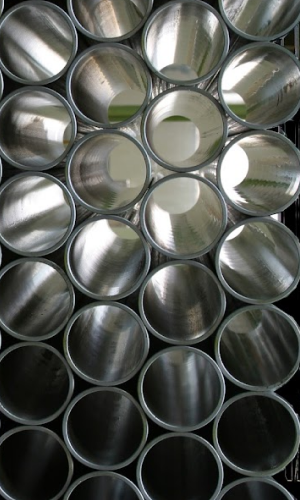Application examples:
- building structures (load-bearing and structural elements such as frames, columns and beams);
- power industry (as structural elements of wind towers, hydropower plants and transmission networks);
- transport (as structural elements in transport infrastructure such as bridges and viaducts);
- mechanical engineering (as structural elements in industrial machines and devices).
